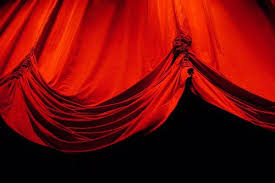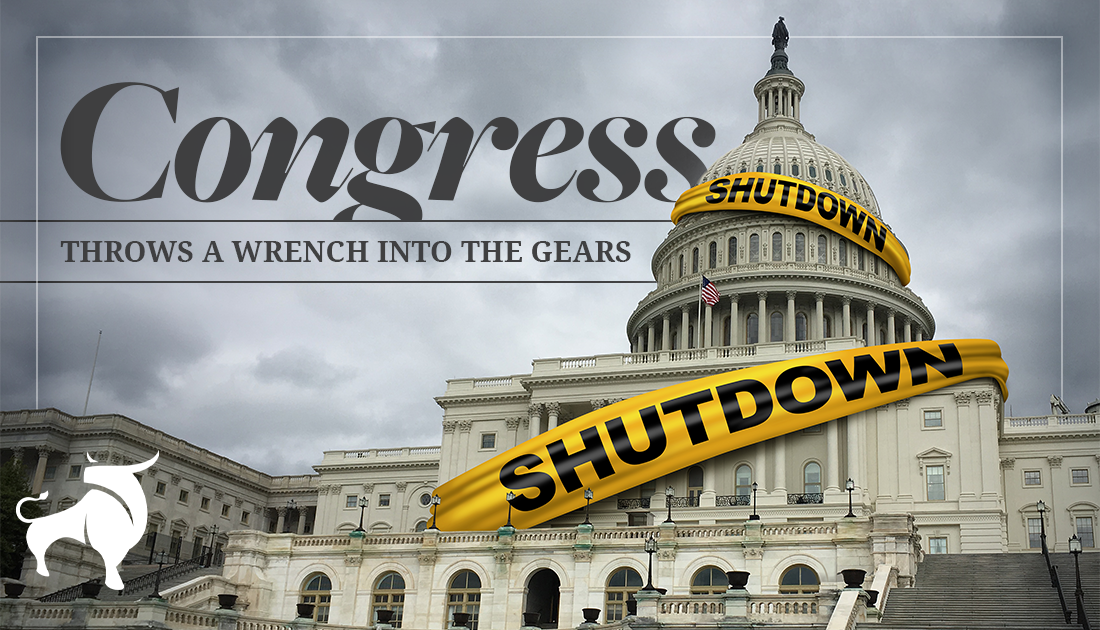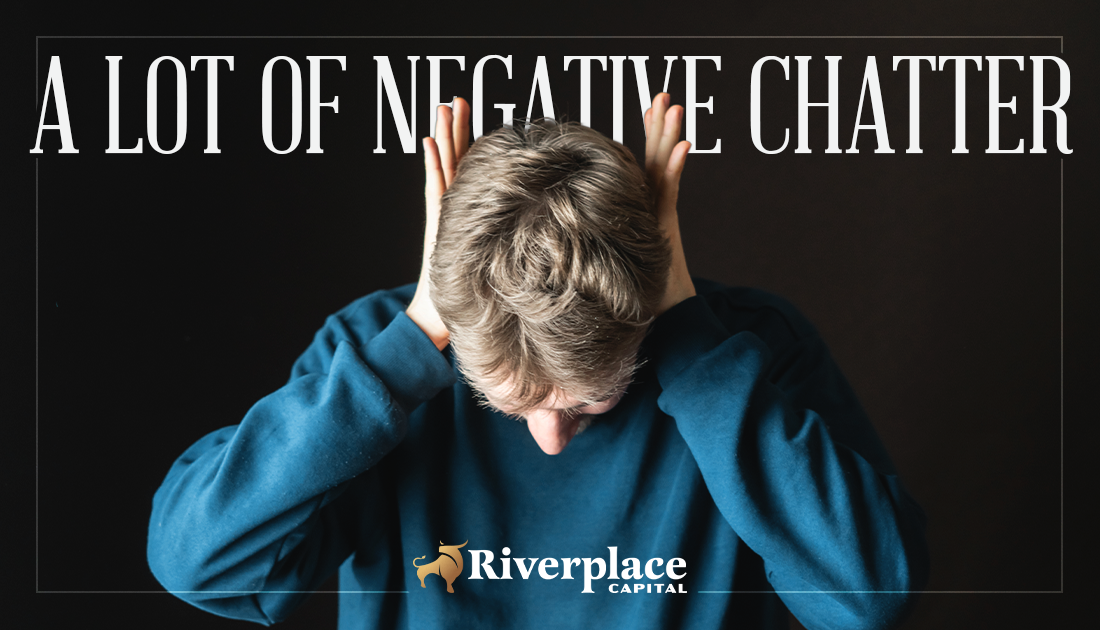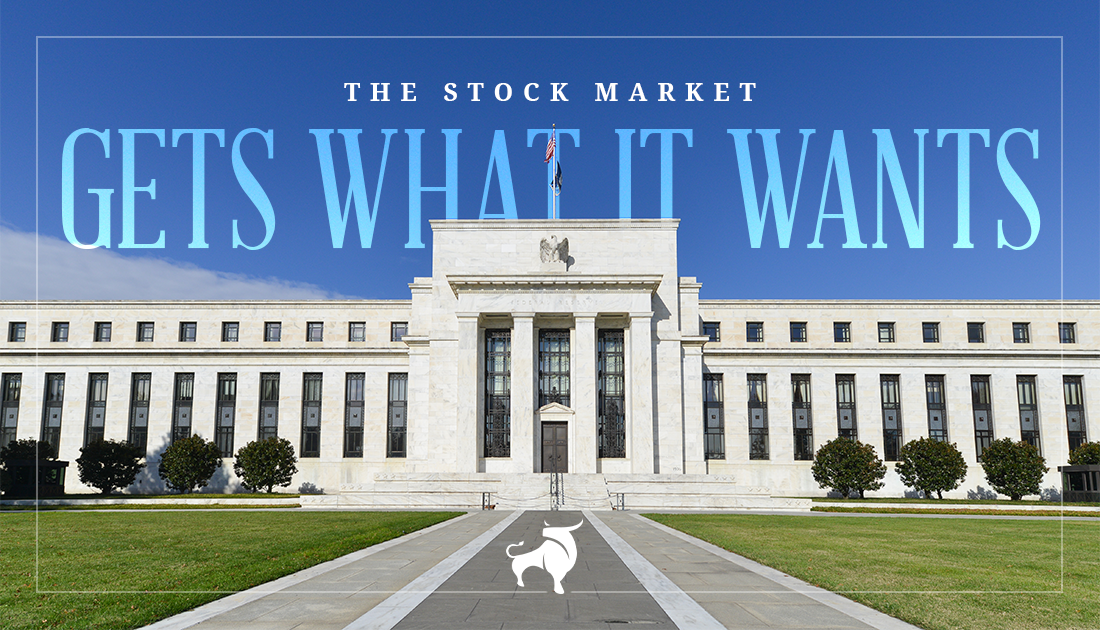
The curtain hiding the inner workings of Wall Street have lifted a little for the ordinary investor. Suddenly it is clear that “free” really is not. Robinhood may offer free trades but makes money by funneling trades to large specialty firms that make money on the difference they pay the seller and what they get from the next buyer. These firms then pay a portion of this back to the originating firm, Robinhood. The net result is that neither the buyer nor the seller, necessarily, get the best price. They are paying for the trade!
Since recent trading in extremely volatile securities through Robinhood pose risks that either the buyer or seller does not pay up, the firms doing the actual trades demanded that Robinhood put up more collateral so that they do not get stuck with bad trades. Robinhood had to put up $3.4 billion to buffer this counter party risk.
Short squeezes have often happened, but normally only among professional market makers and traders. Now, with the GameStop squeeze, the public is involved in a big way. A squeeze play is when short sellers are caught by buyers determined to force the price of a stock higher through massive buying. Since the sellers lose money if the stock appreciates, they eventually must buy shares to replace the borrowed ones they sold. This forces ever higher prices and loses on these “shorts.” It is a grand game, not normally out in the open.
With a lot of liquidity in the marketplace and many new investors wanting to play, Wall Street has been more democratized. What was behind the curtain is now more and more out in the open. Things will not go back to the old ways; everyday investors want in and now are; nothing new, just more open. The Bull and his partners have always understood and dealt with the ways of Wall Street, that is part of what we get paid for. Stay steady my friends.
The Lonely Bull




